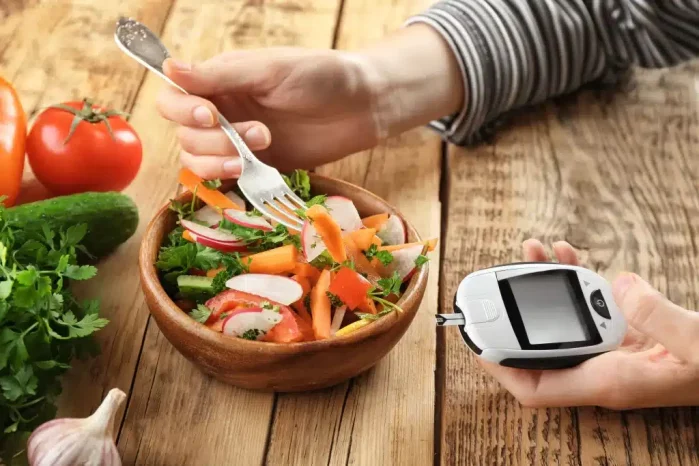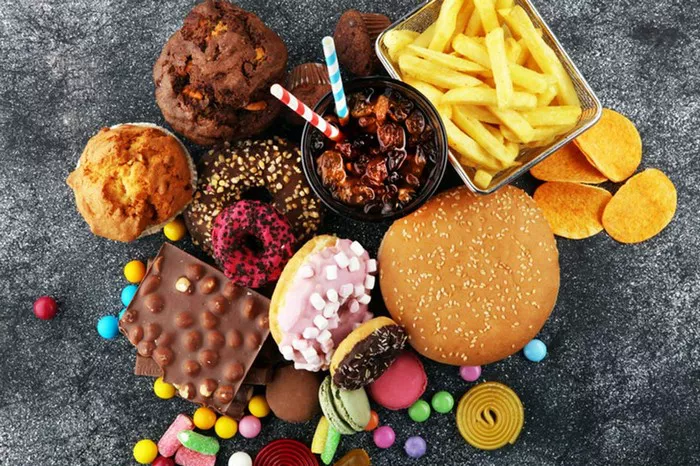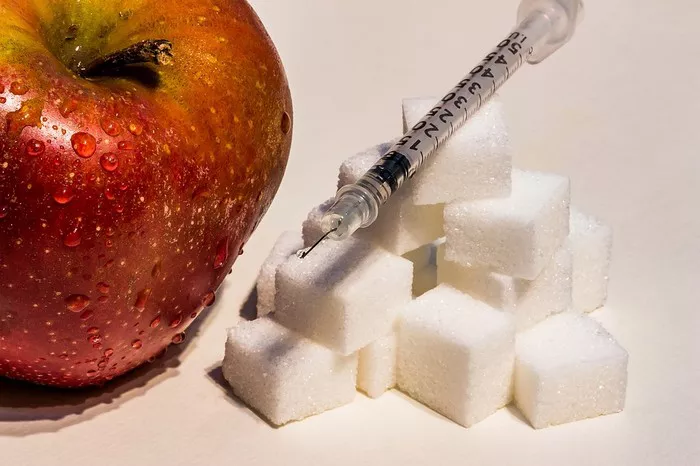Managing blood sugar levels is a crucial aspect of diabetes management, and diet plays a significant role in achieving this goal. In this article, we will explore the concept of ‘free’ foods in a diabetes diet, including what they are, their impact on blood sugar levels, and how they can be incorporated into meal planning. We will also provide practical tips for making informed food choices and consulting with healthcare professionals for personalized dietary advice.
Understanding ‘Free’ Foods
In the context of a diabetes diet, ‘free’ foods refer to foods that have minimal impact on blood sugar levels. These foods typically contain very few carbohydrates and calories, making them suitable for consumption without significant concern for blood glucose spikes. ‘Free’ foods are often non-starchy vegetables, low-sugar fruits, and other nutrient-dense options that can be enjoyed in moderation.
Non-Starchy Vegetables
Non-starchy vegetables are an essential component of a diabetes diet due to their low carbohydrate content and high nutrient density. These vegetables can be consumed in generous portions without significantly affecting blood sugar levels. Examples of non-starchy vegetables include leafy greens, broccoli, cauliflower, cucumbers, and bell peppers.
Fruits
While fruits contain natural sugars, some varieties are lower in sugar and can be eaten more freely in moderation. Berries, such as strawberries, blueberries, and raspberries, are excellent choices for individuals with diabetes due to their lower sugar content and high fiber content, which can help stabilize blood sugar levels. Citrus fruits, such as oranges, grapefruits, and tangerines, are also good options due to their lower glycemic index.
Whole Grains and Fiber
Whole grains and fiber-rich foods play a crucial role in blood sugar control and overall health. These foods help slow down the absorption of sugar into the bloodstream, preventing rapid spikes in blood glucose levels. Examples of whole grains include quinoa, brown rice, oats, and barley, which can be included regularly in meals to promote satiety and stable blood sugar levels.
Lean Proteins
Lean proteins are an essential component of a balanced diabetes diet, as they provide essential nutrients without significantly impacting blood sugar levels. Examples of lean protein sources include poultry, fish, tofu, legumes, and eggs. These foods can be consumed freely as part of a balanced meal to support muscle health and promote satiety.
Healthy Fats
Healthy fats, such as those found in avocados, nuts, seeds, and olive oil, are an important part of a diabetes diet. These fats help improve insulin sensitivity, reduce inflammation, and support heart health. Incorporating healthy fats into meals can help balance blood sugar levels and promote overall well-being.
Dairy Alternatives
For individuals with diabetes who need to manage their carbohydrate intake, low-fat and sugar-free dairy or dairy alternatives can be suitable options. Examples include unsweetened almond milk, coconut milk, or Greek yogurt. These alternatives provide essential nutrients without contributing excess sugar or carbohydrates to the diet.
Beverages
When it comes to beverages, it’s essential to choose options that won’t spike blood sugar levels. Water is the best choice for hydration, but unsweetened tea and coffee can also be enjoyed in moderation. It’s important to avoid sugary drinks such as soda, fruit juice, and sweetened beverages, as these can cause rapid increases in blood glucose levels.
Herbs and Spices
Herbs and spices are excellent flavor enhancers that can be used to season food without adding extra sugar or salt. Incorporating herbs and spices into meals can help enhance the taste of dishes without significantly impacting blood sugar levels. Examples of herbs and spices include garlic, ginger, cinnamon, and turmeric, which offer additional health benefits beyond flavor.
Sugar Substitutes
For individuals with diabetes who want to satisfy their sweet tooth without affecting blood sugar levels, sugar substitutes can be used in moderation. Stevia, erythritol, and xylitol are examples of sugar substitutes that provide sweetness without contributing to spikes in blood glucose levels. It’s essential to use sugar substitutes sparingly and in conjunction with a balanced diet.
Meal Planning Tips
When planning meals, it’s essential to create balanced plates that incorporate ‘free’ foods effectively. Aim to fill half of your plate with non-starchy vegetables, a quarter with lean protein, and a quarter with whole grains or other carbohydrate sources. Include a serving of healthy fats and incorporate low-sugar fruits or dairy alternatives as desired. Experiment with different combinations to find what works best for your individual needs and preferences.
Consultation with Healthcare Professionals
While this article provides general guidelines for incorporating ‘free’ foods into a diabetes diet, it’s essential to consult with healthcare professionals for personalized dietary advice. Registered dietitians and diabetes educators can offer tailored recommendations based on individual health goals, medical history, and lifestyle factors. They can also provide guidance on managing blood sugar levels, meal planning, and making healthy food choices to support overall well-being.
Conclusion
‘free’ foods can be valuable additions to a diabetes diet, providing essential nutrients without significantly impacting blood sugar levels. By incorporating a variety of nutrient-dense options such as non-starchy vegetables, low-sugar fruits, lean proteins, healthy fats, and whole grains, individuals with diabetes can enjoy delicious and satisfying meals while effectively managing their condition. Remember to consult with healthcare professionals for personalized dietary recommendations and support on your journey to better health.
Related Topics:
























